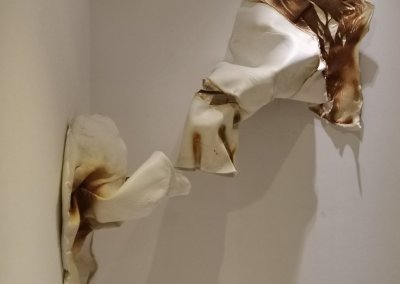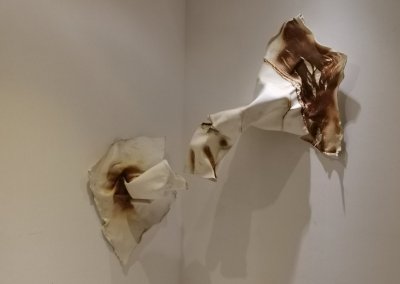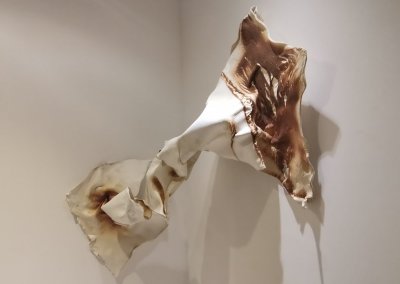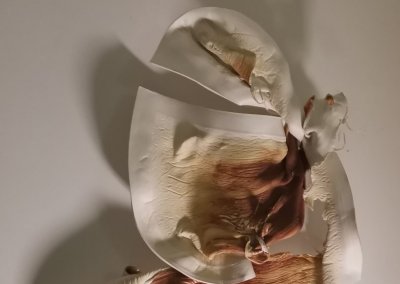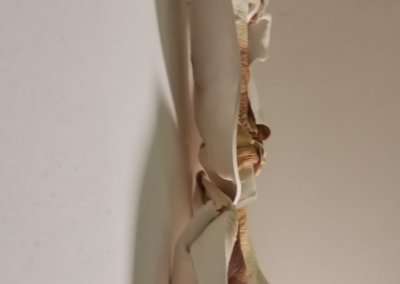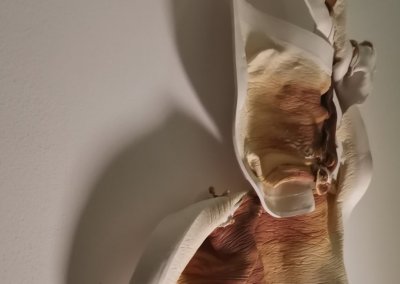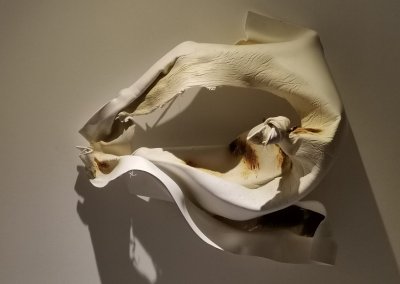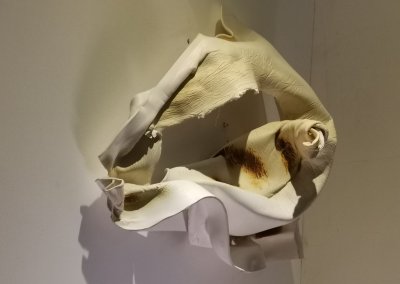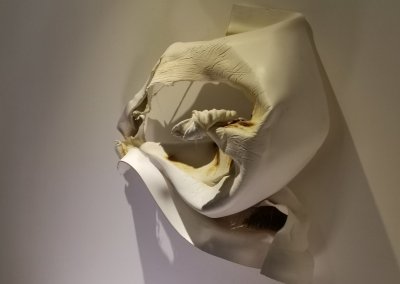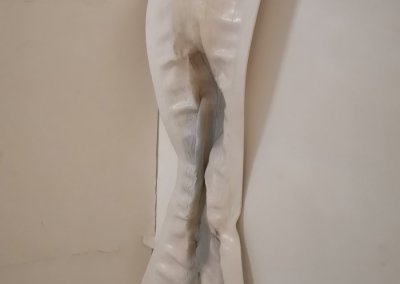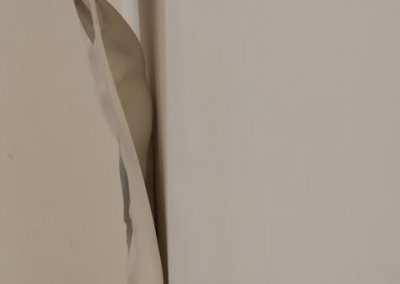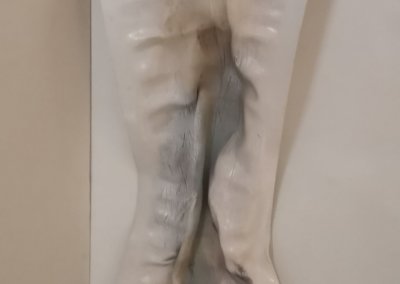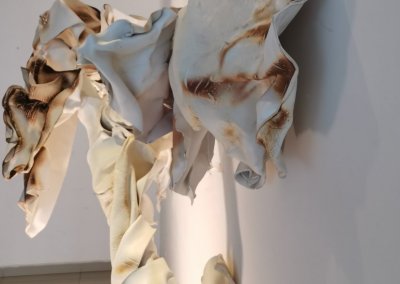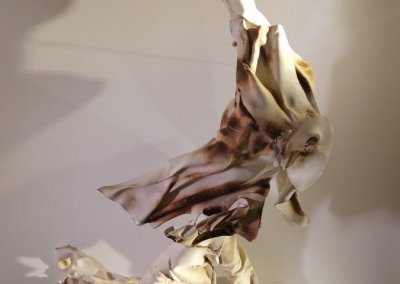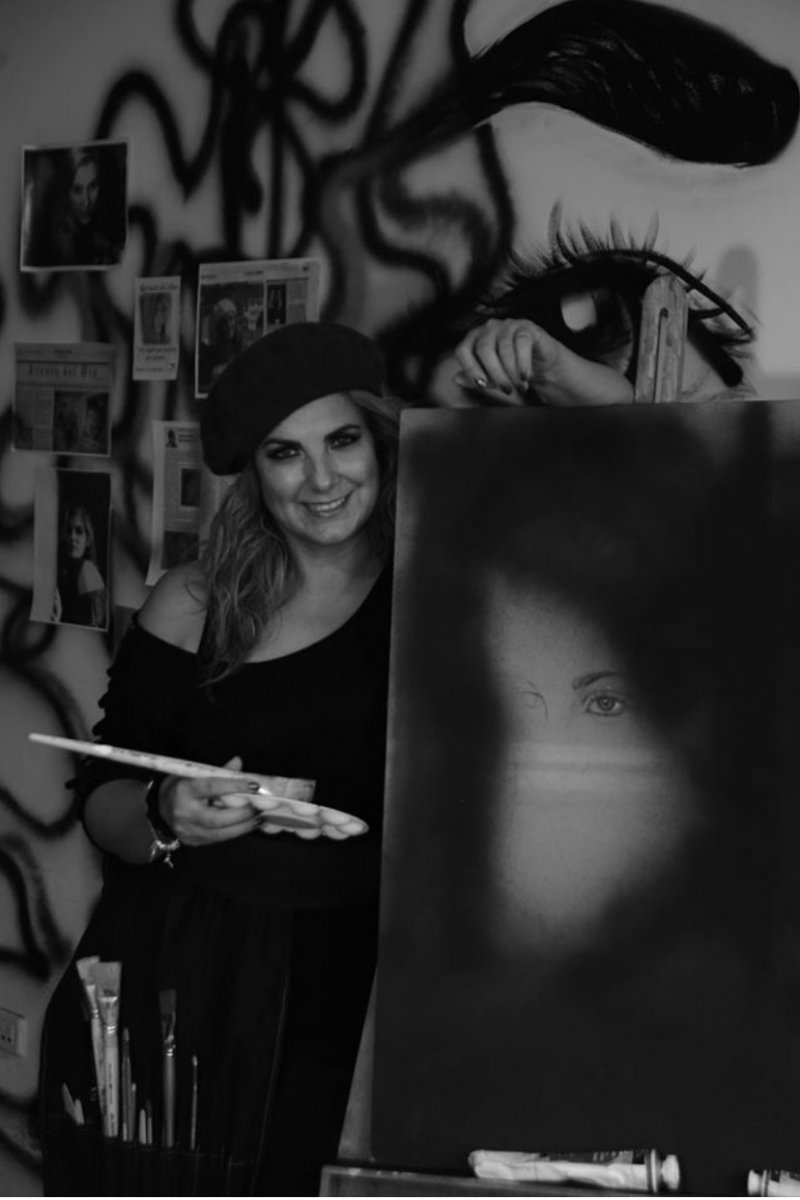
VERONICA VIRREIRA
1969, Santa Cruz, Bolivia.
Known as “The Alchemist of Art” for its various experiments that transform materials such as metal and recycled plastic into works of art.
He has a degree in Graphic Design from UPSA (Private University of Santa Cruz); he holds an MBA (Universidad Fransisco Vitoria Spain) and a specialization in Marketing – Business School (Harvard University); he studies artistic photography in Bolivia and Spain (Madrid / Barcelona).
He works in the art world in a self-taught way until 2019 and is currently studying in the Master in Visual Art at the AD’A academy, Florence.
He has participated in several national exhibitions: Hotel Los Tajibos Art Gallery / Hotel Yotau Art Gallery / Taipinkiri Art Gallery (La Paz) / Casacor Expo-demonstration live (Santa Cruz)/Red dot in Miami at Mana Wynwood Art Basel 2018 (Miami) / Gala de Angels Foundation Miami 2018 / Exporting Art Bolivia 2018 (Kosovo, former Yugoslavia) / Mar Segura Expo-Pintura live (Almería Spain) 2017/ Art talent show 2019 (Padua Fair).
He received the Institutional Buho award granted by UPSA (Private University Santa Cruz), and the First Special Prize “Creativity” ArtExpo Gallery (Florence – Italy 2020).
The transformation of matter is one of the primary aspects of art along with the historical evolutions; the ability to intervene on something given and to make it other has led, in many societies, to consider the artist as a figure endowed with a particular “power”: this is how he has been called maker, creator, magician, alchemist, attributes that confirm the attention in the various eras (attention not exempt, sometimes, from a certain aversion).
In the contemporary period, although greater importance of the conceptual aspect has in some phases taken away the centrality of the material and the direct intervention of the artist on it, the transformation is still an essential process, full of charm and meaning.
Veronica Virreira’s artistic research, initially dedicated to painting, specifically portraiture, has gone through various evolutions. First with a series of abstract paintings, derived from the action and reaction of chemical agents on a support such as copper and brass. From the more recent period is instead a series of sculptures united by the working of recovered material, namely recycled plastic.
The plastic is worked by the artist with fire, which allows both to make it malleable and to affect the colour (at first the material is white, then it assumes a series of shades tending to brown, due to the combustion).
The process, though intense, does not aim to dramatize (i.e. the possible interpretation of the burns, cracks and holes as a sort of “wound” on support symbolizing the epidermis, the existence). Instead, the peculiar aspect is the intervention of recovery and transformation carried out by the artist: a material of little value, also devoid of historical meanings (what can you tell us about neutral plastic?), becomes the basis for creating sculptures with a strong formal impact.
The new “creations”, of variable sizes, some very large – almost 3 meters – through the complexity of the texture, the continuous bending outwards and inwards, the folds, the openings (sometimes containing some last filaments), the formal modulation, lend themselves to a stratified “reading”, so a single point of view is not enough: although they are, in an original way, on the wall like traditional sculpture, they need to be seen from more than one point of view in order to be perceived in their complex entirety.
I would like to add that, although it is an autonomous series that can be referred to the sculptural sphere, it could also evoke a further evolution in the artist’s research, with reference to the analysis of the work’s support: already used as an area for chemical reactions, in this case, the plastic takes on the appearance of a “modelled” canvas.

